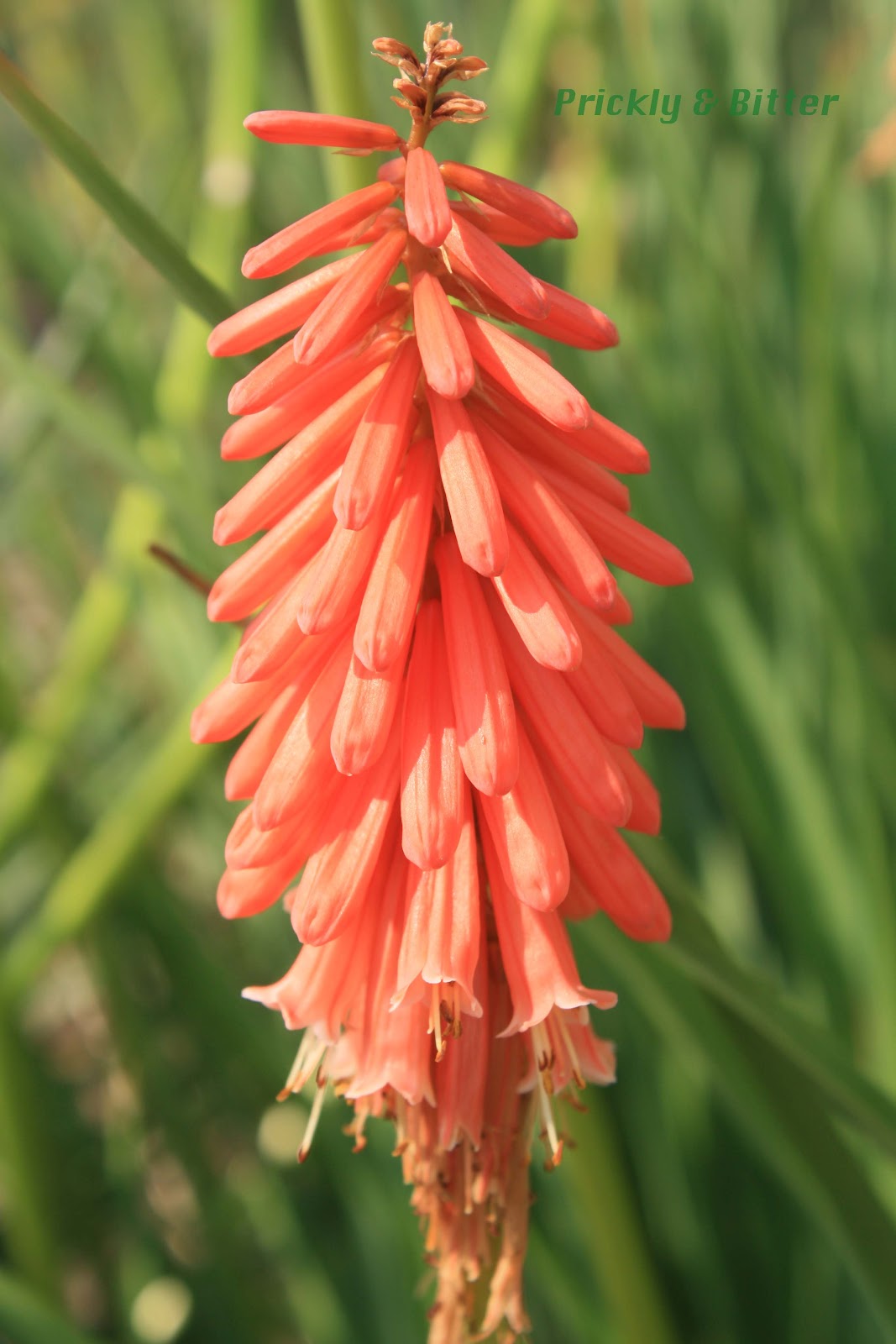Red Hot Poker Plant Toxic To Dogs
Introduction Non-toxic plants Table 1: Non-toxic plants by common name Table 2: Non-toxic plants by Latin or scientific name Toxic plants How to use this toxic plant list Toxic plant rating guide What to do for a plant poisoning Table 3: Toxic plants by common name Table 4: Toxic plants by Latin or scientific name References. Dogs Trust assumes no liability for the content of the following list. This does not represent a complete list of all poisonous plants and is only intended as a guide. Please contact your veterinary surgeon for advice or treatment immediately if you think your pet has eaten any of the following plants and is showing a bad reaction.
New gardeners and old love the red hot poker plant (Kniphofia uvaria, aka torch lily). Hailing from South Africa, the plant is often found in USDA hardiness zones 6 to 9.
Its showy flower spikes attract butterflies and hummingbirds. This makes red hot pokers a perfect addition for many garden settings or as border plants.
Some of the 70 species have bi-colored red to yellow flowers. Others have orange flowers, and others range from white to a variety of pastel colors.
Red hot poker plants don’t like growing in containers. Except for a few dwarf varieties, you’ll generally grow them outdoors.
Add new plants to the garden in early spring to start off the growing season. Blooms appear in early summer.
As long as it gets full sun and a well-drained soil type covered in rich, organic mulch, plant care is minimal.
The plants live quite a long time if you deadhead spent flower stalks. Tie spent leaves over the plant in late fall to help it overwinter.

The biggest draw of this plant is its use for flower arrangements and as cut flowers.
Lilies are toxic plants, there’s a lot of concern that displays may be dangerous around children and pets.
Is The Red Hot Poker Plant Poisonous or Toxic?
The good news is that torch lilies aren’t true lilies and are non-toxic to both humans, pets, and livestock. The bad news is that many plants commonly planted with these plants are.
Try to avoid placing the blooms of a true lily plant in the same arrangement as the torch’s tubular flowers. Daylilies are also believed to be highly toxic to cats and cows, so avoid these as well.
Canna lilies are safe around pets and make wonderful companions to red hot poker plants.
Marigold blooms also go well with torch lily displays. They are generally considered non-toxic (but may cause some mild stomach irritation in dogs).

What Parts Of The Plant Are Poisonous or Toxic?

While it’s not recommended for you or your pets to consume this plant, there are no toxic parts.

One concern of ingestion, especially in larger quantities, is calcium oxalate. This substance is a leading cause of kidney stones and found in a wide range of garden plants.
What Are The Symptoms Of Poisoning?
Ingestion of torch lilies will not harm you or your pets, but many companion plants will.
If your pets or livestock have been snacking on these plants and you have true lilies nearby, watch out for:
Red Hot Poker Plants Amazon
- Nausea
- Vomiting
- Diarrhea
- Excessive drooling
- Fever
… as these are the most common symptoms of plant toxins.
How To Protect Yourself While Handling The Red Hot Poker Plant

Growing Red Hot Poker Plant
Torch lilies are safe to work with, but one of the best growing tips is to always use gloves and sterile tools.
This helps prevent cross-contamination from rhizomes or other infected or infested plant parts.